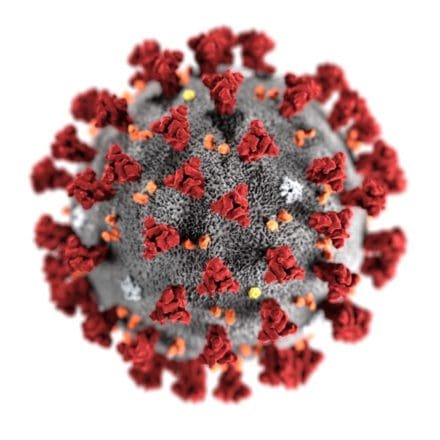We are currently engaged in a war with an invisible enemy, the COVID-19 virus. While it’s certain, that given enough time, we’ll defeat this challenge like others before it. A pandemic, “the big one,” has been looming for decades, with each year’s new virus making many wonder if this is “it.” But these small emergencies still haven’t been enough. Even the Ebola epidemic which rocked Africa during the last decade haven’t made the cut as the wake up call for us to prepare ourselves adequately for emerging medical disasters.
The Food and Drug Administration has created a system designed for incremental innovation, with lots of oversight to ensure medical materials are safe for use. This is fine for normal situations, but when confronted by a health emergency, we find these processes too slow to affect the course of the threat.

While Congress is in the mood to appropriate money to defeat the COVID-19 pandemic, now is the perfect time for them to work with the Executive Branch to establish a couple of organizations to prepare this nation to face future biological threats.
The first looks at long-term development of innovative technologies. A model already exists within the US government; the Defense Advanced Research Projects Agency is a DoD organization charged to make pivotal investments in breakthrough technologies for national security.
What we need is a Medical Advanced Research Project Agency, or MARPA, which would be under the Food and Drug Administration and work to incentivize the biotech industry to create breakthrough technologies for the public health.
Let me put aside any fear such a new capability will create duplicative efforts. For instance, the Intelligence Community has their own version, called IARPA. Granted, DARPA does already look at both medical and intelligence innovation, but their efforts are based laser-like, on defense requirements. Instead, MARPA would focus entirely on bio-tech, solving the unsolvable and curing the incurable. Things like innovative treatments, immunizations, and devices.
MARPA must be located in a city with a great deal of medical innovation such as Cleveland, Ohio with its Case Medical Center and Cleveland Clinic.
Establishment of MARPA takes care of long-term development. To aid in the transition of promising commercial technologies and quickly identify novel solutions to near-term health issues, a MEDWERX organization is needed. Consider the US Special Operations Command’s SOFWERX organization as a model or the Air Force’s AFWERX. These technology accelerators promote collaboration between government and industry, embracing mid-tier acquisition rules to rapidly identify, assess and field solutions.
MEDWERX could start out as a DoD organization located at somewhere like San Antonio, Texas, home of the US Army Medical Command and San Antonio Military Medical Center. Even if DoD were to stand up such a unit, FDA requires their own as well. While the defense version could concentrate on this current crisis, the FDA version could be created.
A means to provide rapid access to innovation is crucial. FDA’s current certification system is slow, expensive and difficult to maneuver. Smaller companies find it all but impossible to introduce new products and materials to the healthcare community. FDA desperately needs a way to speed up the identification of short-notice requirements to industry and conversely, solicit solutions.
These proposals may not be cheap, but the future only promises more pandemics and more unforeseen medical emergencies. We need to be ready. By creating new organizations focused specifically on bio-technology, we can “book-end” the day-to-day efforts of the FDA with both short-term solutions and long-term development.

